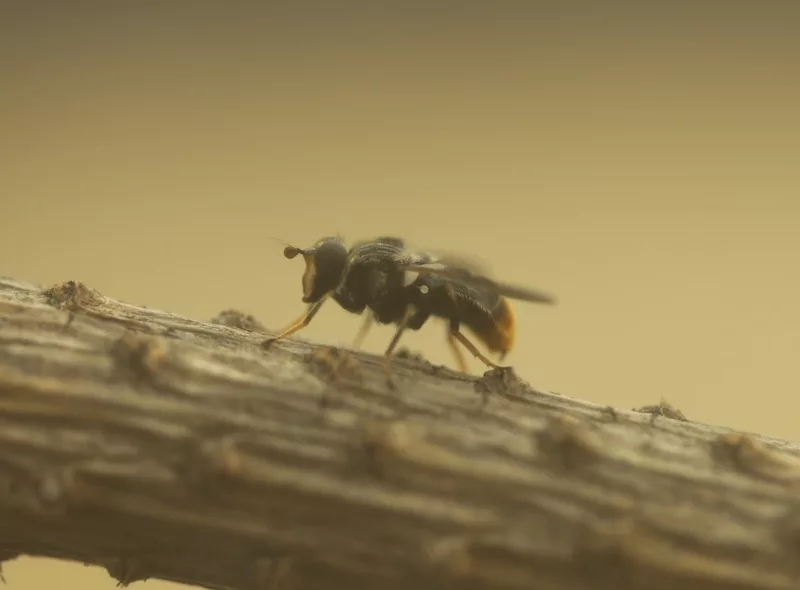One of Britain’s most endangered insects is being given a lifeline through the launch of the first ever Pine Hoverfly Conservation Strategy.
Led by the Royal Zoological Society of Scotland and a dedicated group of partners, the new plan sets out how this rare and important species can be saved from extinction and re-established in Scotland’s ancient pine woodlands.
The pine hoverfly is a quiet yet vital player in the ecosystem, acting as both pollinator and decomposer.
Its presence is a sign of a healthy forest.
But with populations shrinking dramatically in recent years, experts say this strategy arrives at a crucial time.
The plan, developed by the Pine Hoverfly Steering Group as part of the Rare Invertebrates in the Cairngorms project, combines conservation breeding with habitat restoration and long-term monitoring.
Dr Helen Taylor, conservation programme manager at RZSS, called the strategy a turning point.
She said having a clear and coordinated roadmap is essential for giving the pine hoverfly a fighting chance.
By restoring its woodland habitat and continuing to breed hoverflies for release, the team hopes to rebuild strong, self-sustaining populations.
The project is rooted in collaboration, bringing together organisations and volunteers from across the conservation community.
Thousands of pine hoverflies bred by the RZSS are already being released into specially prepared sites, including RSPB Scotland’s Abernethy nature reserve, Glenmore Forest Park, and Anagach Woods.
More releases are planned for this summer, with further sites being considered as part of a long-term vision to re-establish the species in the wild.
Dr Taylor said these hoverflies are not just a rare insect, but an emblem for the broader Scots pine forests they represent.
Protecting them means supporting a whole host of native plants and animals that depend on these unique woodlands.
Claire Smith, senior conservation officer at RSPB Scotland, echoed that view.
She said the image of hoverflies moving freely through ancient pinewoods has motivated years of dedication.
The new strategy, she added, brings together all the necessary pieces, from breeding and habitat work to careful monitoring and community involvement.
She praised the effort of volunteers and staff who have kept the project moving forward with hope and purpose.
Funding has come from a diverse group of backers including the Cairngorms National Park Authority, NatureScot, Forestry and Land Scotland, The National Geographic Society, Marvelous Europe Inc., and Cheeky Panda.
Additional support has been provided by the Scottish Government’s zoos and aquariums fund and players of People’s Postcode Lottery.
Together, they have helped ensure this delicate insect gets the attention it deserves.
With its tiny wings and quiet role in the forest, the pine hoverfly might not be widely known.
But its survival could tell a bigger story, one of recovery, resilience, and the power of working together.





